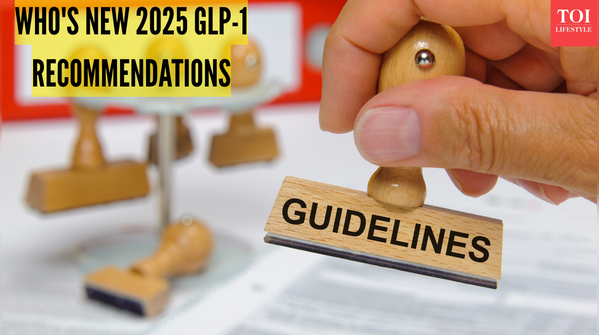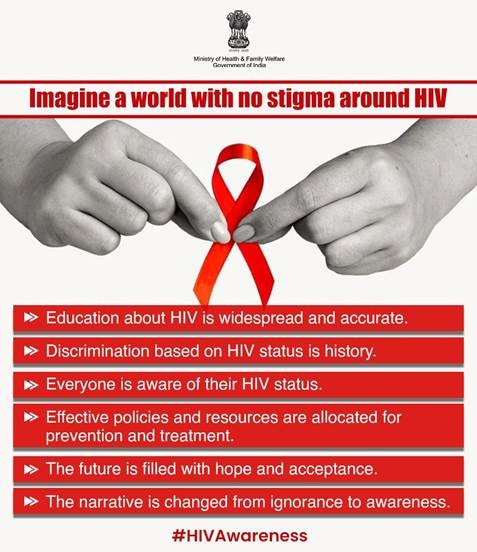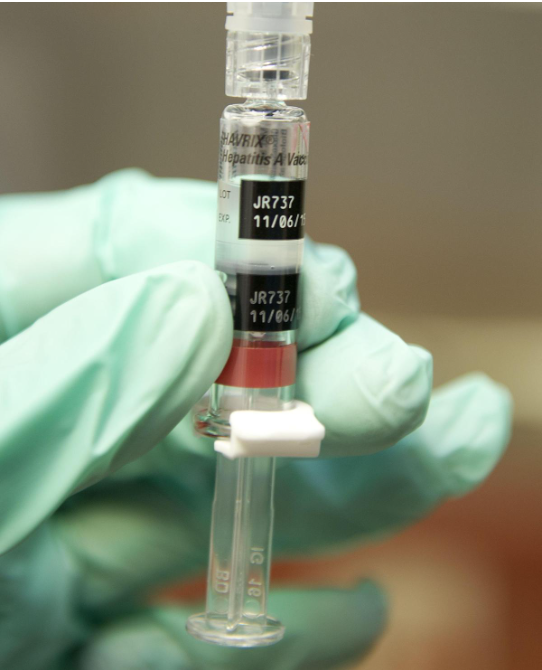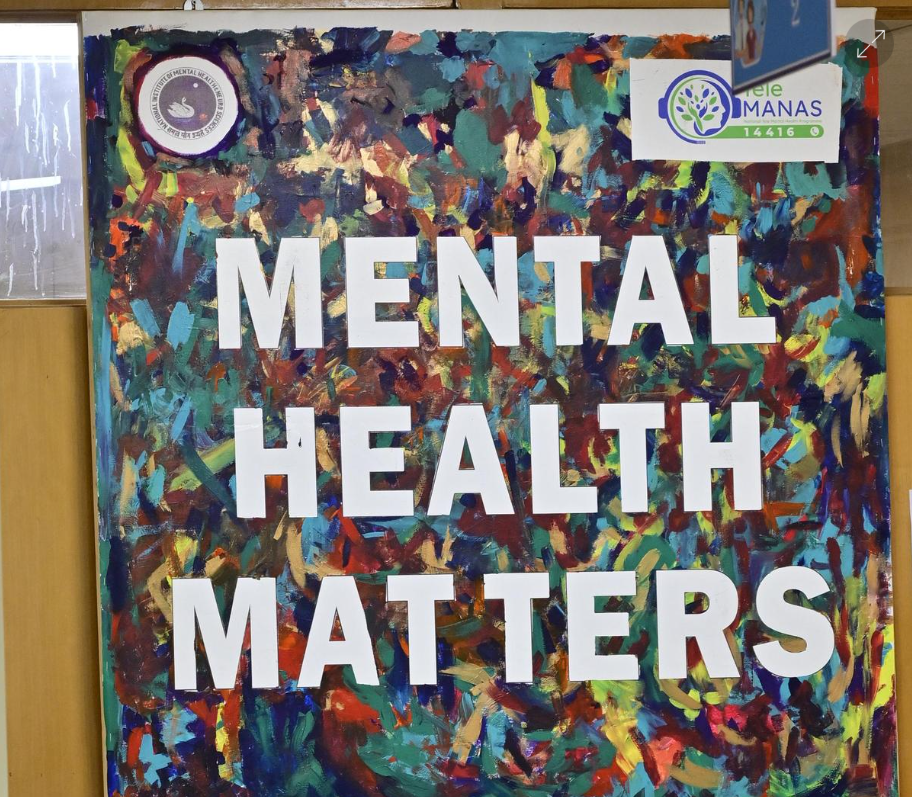Description

Source: TechnologyNetwork
Disclaimer: Copyright infringement not intended.
Context
A group has shown that Selegiline (L-deprenyl), an antidepressantdrug from a class of drugs called monoamine oxidase (MAO) inhibitors, might be applied as anticancer therapeutics for breast cancer.
Details
Background
- An antidepressant drug has the potential of being repurposed to provide cost effective solution for treatment of breast cancer.
- Due to expensive costs, long development times, and the requirement for drug trials and regulatory approvals, generating new and effective anticancer medications has been complex.
- However, biomedical scientists today frequently use medication repurposing for drug discovery.
What is Drug Repurposing?
- Drug repurposing, also known as drug repositioning or drug reprofiling, involves the study of new therapeutic indications for drugs already approved or under investigation.
- This approach is remarkably valued in the building of entirely new drugs in cases where:
the process is too costly or time-consuming or when rapid solutions are imperative during specific health emergencies, such as the COVID-19 pandemic.
Key Drug Repurposing Approaches
- Drug-centric approach: It covers the expansion of indications of an already approved or investigational drug to new medical conditions, including off-label use, abandoned drugs, or drugs at the end of their patent exclusivity period.
- Disease-centric approach: It involves matching diseases with few or no treatments to compounds that have a therapeutic effect on similar biological mechanisms that help in treating rare diseases.
- Target-centric approach: This includes matching a new medical condition with a known drug that modulates specific molecular targets associated with the disease.
Advantages of Drug Repurposing
- Faster and less expensive drug approval: Drug discovery traditionally takes 10-15 years and costs up to $2.6 billion. Drug repurposing significantly reduces this timeline to 3-12 years and cuts costs by 50-60%
- Higher success rate: About 30% of repurposed drugs succeed in reaching the market whereas approximately 10% for new drugs happen to be successful.
- Treatments for rare diseases: Repurposing offers a hope for many rare diseases without current treatments.
- Increased ROI for Pharmaceutical Companies: Repurposing extends the revenue potential of existing portfolio drugs, mitigating the effects of patent expiry, and providing new market opportunities for existing assets.
- Rapid Response to Health Emergencies: Drug repurposing allows for a quicker response to emergent health crises. During the COVID-19 pandemic, drugs like Remdesivir and Dexamethasone were repurposed to address urgent treatment needs.
- Reduced Need for Animal Testing: Since the pharmacokinetics and pharmacodynamics of repurposed drugs are already well understood, preclinical animal testing can be bypassed, saving time and resources.
Challenges
Technical Issues to Overcome
- Volume of Data.
- Drug repositioning involves various data types from different sources, such as biology, chemistry, and omics. The diversity of the data in turn creates a problem in integrating and analyzing information.
- Processes for data analysis require scalable computing platforms.
- In the absence of expertise across domains, an organization may not be able to develop advanced models such as knowledge graphs or neural networks.
Efficacy and Safety
- Repurposed drugs may not be as effective for new indications as they were for the original ones.
- While repurposed drugs have known safety profiles, trials on safety may still be necessary for the new indication, reducing the cost-saving advantage.
IP and Timing
- IP Barriers: Securing patents for repurposed drugs can be complex, and companies need to evaluate commercial viability. If patents expire during repurposing, exclusivity is lost.
- Timing: Patent extension through new indications must occur before the original patent expires. If exclusivity is lost, drug repurposing efforts may no longer be commercially viable.
Sources:PIB

|
PRACTICE QUESTION
Q: What do you understand by the concept of Drug Repurposing? Discuss its significance in modern medicine, particularly in the context of the COVID-19 pandemic. Also, analyze the challenges associated with drug repurposing techniques. (250 words)
|











